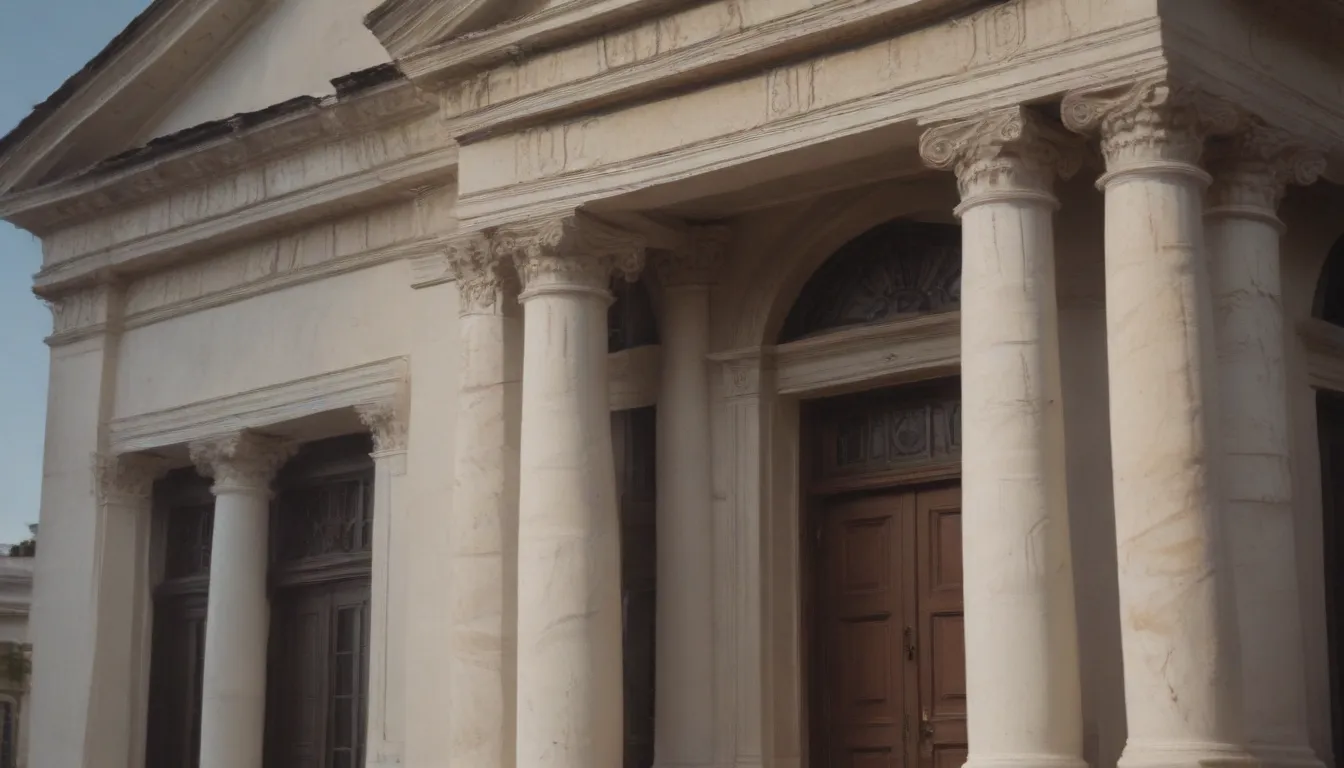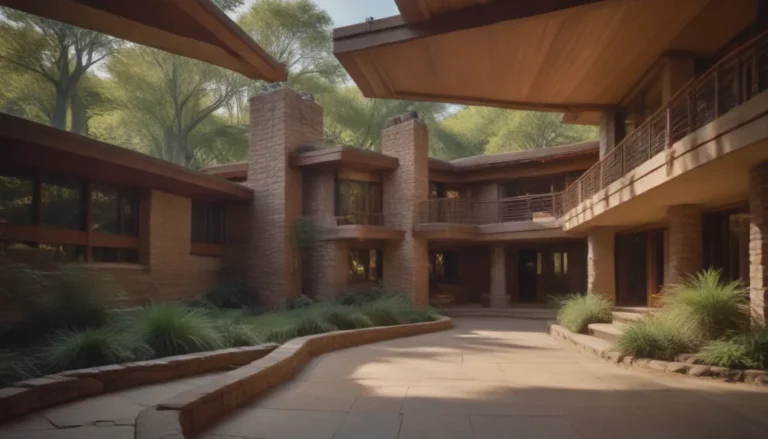Uncovering the Beauty of Greek Revival Architecture

Greek Revival architecture is a style that exudes elegance, symmetry, and simplicity, drawing inspiration from the ancient Greek temples of the 5th century B.C. In the United States, this architectural style reached its peak popularity from 1825 to 1860, a period that coincided with the onset of the Civil War. It quickly became the dominant national style of architecture, spreading from the East Coast to the West Coast. The fascination with ancient Greek culture, art, and philosophy during this time played a significant role in shaping American architecture.
Exploring the Key Characteristics of Greek Revival Architecture
Greek Revival architecture is characterized by distinct exterior and interior features that set it apart from other styles.
Exterior Characteristics:
- Greek temple-style façades
- Bold columns in round, square, or octagonal shapes
- Columns made of wood or stucco and painted white to mimic marble
- Geometric symmetry and proportion
- Imposing presence and grandeur
Interior Characteristics:
- High ceilings with ornate moldings
- Grand staircases
- Large windows allowing ample natural light
- Symmetrical layout reflecting the exterior design
- Corinthian or Ionic columns adorning interior spaces
Unraveling the History of Greek Revival Architecture
The roots of Greek Revival architecture trace back to British architect James “Athenian” Stuart, who introduced the style to Britain in the 18th century. Inspired by the classical beauty of Greek architecture during his travels to Greece, Stuart published “Antiquities of Athens” in 1762, serving as a reference book for Classical Greek architecture. Although Stuart passed away before the style gained momentum in England and Europe in the 1820s and 30s, his influence was undeniable.
In America, the democratic ideals of ancient Greece resonated strongly with the burgeoning nation. The Greek War of Independence further fueled the admiration for Greek culture and democracy among Americans. As the United States sought to define its identity, the Greek Revival style emerged as a symbol of national pride and democracy. Architectural pattern books like “The American Builder’s Companion” facilitated the widespread adoption of Greek Revival elements by developers and builders across the country.
Greek Revival architecture flourished in the U.S., leading to regional variations that adapted the style to suit local tastes and building materials. From New England churches to southern plantation houses, the influence of Greek Revival architecture was felt throughout the nation. It was in New York that architect Andrew Jackson Davis made his mark with landmark buildings like Colonnade Row on Lafayette Street, solidifying Greek Revival as a prominent architectural style in the city.
Contrasting Greek Revival with the Federal Style
While Greek Revival architecture draws inspiration from ancient Greek temples, the Federal style is an American variation of Georgian architecture influenced by British design. Federal homes are characterized by symmetrical layouts and understated exteriors, in contrast to the grandeur and boldness of Greek Revival architecture. The two styles embody different philosophies and design principles, reflecting the diverse architectural landscape of the United States.
Delving into Interesting Facts About Greek Revival Architecture
Greek Revival architecture is known for its iconic white columns inspired by the marble columns of ancient Greek temples. These columns, often made of wood or stucco and painted white, serve as a hallmark of the style. Interestingly, the original marble columns of ancient Greek buildings were painted in vibrant colors, a stark contrast to the white columns associated with Greek Revival architecture today.
The evolution of architectural styles in America can be traced through the transition from Federal architecture to Greek Revival and eventually to the Italianate style. Many buildings from this period exhibit a fusion of classical revival elements, blending influences from various architectural traditions. Regional variations of Greek Revival architecture can be found across the U.S., with notable examples in the Northeast, Washington, D.C., and New Orleans.
From its roots in ancient Greece to its transformation in American architecture, Greek Revival remains a timeless and influential style that continues to captivate admirers with its beauty and grandeur. The legacy of Greek Revival architecture lives on in the iconic buildings that stand as testaments to its enduring appeal.
As you explore the world of architecture, take a moment to appreciate the rich history and timeless elegance of Greek Revival architecture. Immerse yourself in the beauty of its design elements and discover the stories behind the iconic buildings that have shaped the architectural landscape of the United States.





